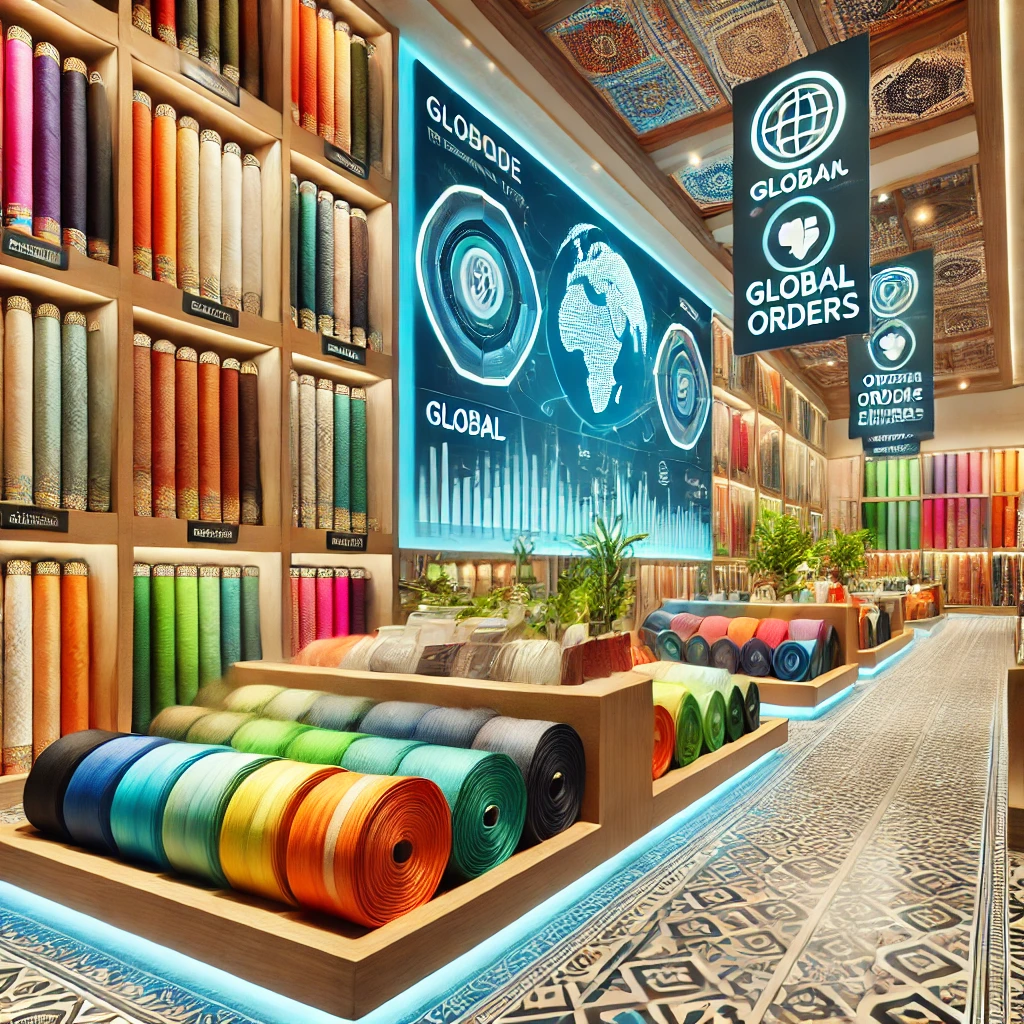The textile industry in India is one of the oldest and largest in the world. From cotton and silk to synthetic fibers, India has long been a global leader in textile production. Today, despite growing competition from other markets, textile companies in India continue to thrive. These companies have adapted to changing global demands and embraced new technologies, making the country a hub for both local and international buyers. In this blog, we will explore how textile manufacturers in India are not only surviving but thriving in today’s fast-paced and competitive world.
Strong Roots in Tradition and Modernization
India’s textile industry has always had strong roots in tradition. The country is known for its rich history of fabric production, including handloom textiles, organic cotton, and intricate silk weaves. However, what sets textile companies in India apart is their ability to merge this rich tradition with modernization. While many textile manufacturers still produce traditional fabrics, they have also integrated advanced technologies to meet the demands of modern consumers.
Many Indian textile manufacturers have invested in cutting-edge machinery, automated systems, and smart manufacturing techniques to improve efficiency and reduce production time. This balance of tradition and technology allows Indian textile companies to cater to both niche markets and large-scale orders, making them competitive on the global stage.
Innovation and Technology Integration
One of the key reasons textile manufacturers in India are thriving is their willingness to innovate. By adopting new technologies, these companies can streamline production processes, improve product quality, and reduce costs. For instance, automated weaving machines, digital printing technologies, and advanced dyeing techniques are now widely used across the industry.
Technology has also played a crucial role in improving supply chain management. Many Indian textile companies now use cloud-based software for inventory management, order processing, and distribution. This ensures that they can meet global demand efficiently and deliver products to international clients on time. Additionally, many companies have adopted eco-friendly practices, such as water-saving dyeing processes and the use of organic materials, to align with the growing demand for sustainable textiles.
Embracing Sustainability
As consumers worldwide become more conscious of their environmental impact, the demand for sustainable textiles has grown. Textile companies in India have responded to this by adopting sustainable manufacturing practices. From using organic cotton to implementing energy-efficient processes, Indian textile manufacturers are prioritizing sustainability to appeal to eco-conscious consumers.
For instance, many textile companies are now using organic cotton and natural dyes to reduce their environmental footprint. Others are investing in waste reduction technologies and recycling processes to ensure minimal waste during production. These efforts have not only helped Indian textile companies meet international sustainability standards but have also positioned them as leaders in the global push for eco-friendly fabrics.
The shift toward sustainability has also opened up new business opportunities for Indian textile companies. Many international brands now seek out Indian suppliers because of their commitment to ethical and sustainable practices. As a result, India’s textile industry is thriving in an era where sustainability is key to success.
Government Support and Policies
The Indian government has played a vital role in supporting the growth of the textile industry. Various schemes and policies have been introduced to enhance production capabilities, boost exports, and provide incentives for the adoption of sustainable practices. Initiatives such as the Technology Upgradation Fund Scheme (TUFS) and the Make in India campaign have encouraged textile companies to invest in new technologies and improve their manufacturing processes.
Additionally, the government has focused on improving infrastructure, simplifying regulations, and offering tax incentives to attract more investment in the textile sector. These efforts have provided textile manufacturers in India with the resources they need to compete on the global stage and continue to grow their businesses.
Adapting to Global Demand
India is a major exporter of textiles and garments, and as global demand shifts, textile manufacturers in India have been quick to adapt. The rise of e-commerce and fast fashion has prompted companies to innovate and streamline their processes to meet shorter lead times and handle large volumes of orders efficiently.
Additionally, Indian textile companies have focused on building strong relationships with international buyers. By understanding the changing preferences and requirements of global consumers, Indian manufacturers have been able to tailor their products to meet the needs of different markets, ensuring continued success and growth.
Conclusion
Textile companies in India are thriving due to their ability to blend tradition with modernization, embrace innovation, and adapt to global demand. From sustainable practices to advanced technologies, these companies are positioning themselves as leaders in the global textile industry. With government support and a focus on meeting international standards, textile manufacturers in India are set to continue their upward trajectory, ensuring India remains a major player in the world of textiles.









